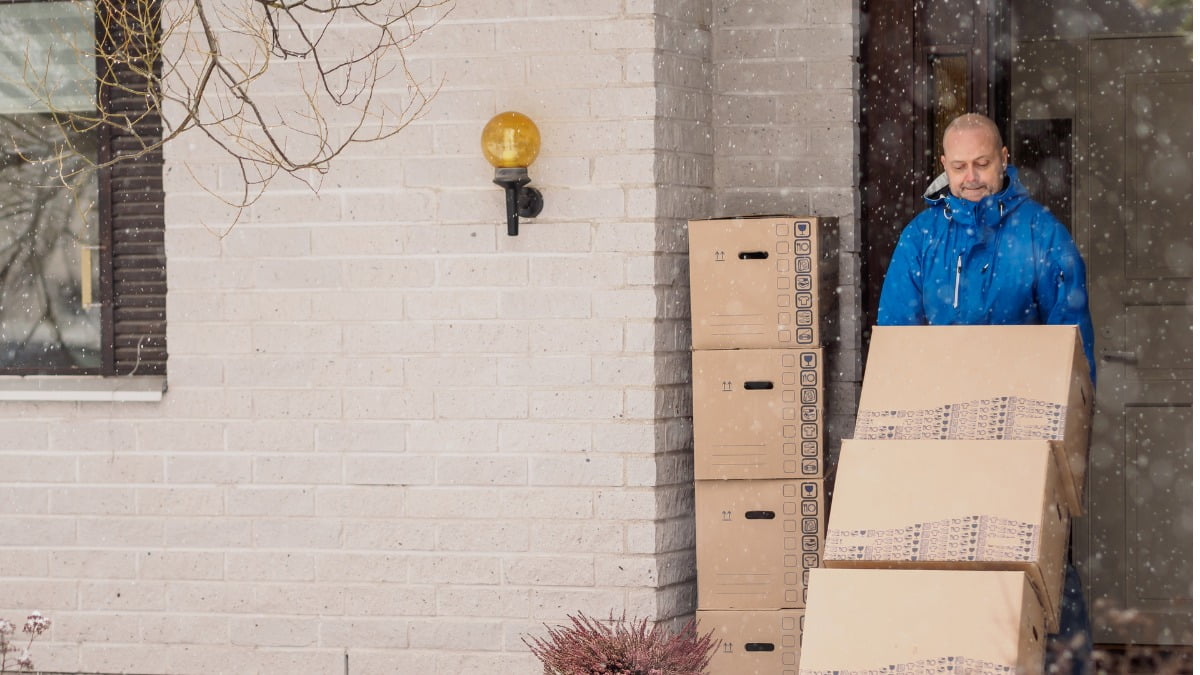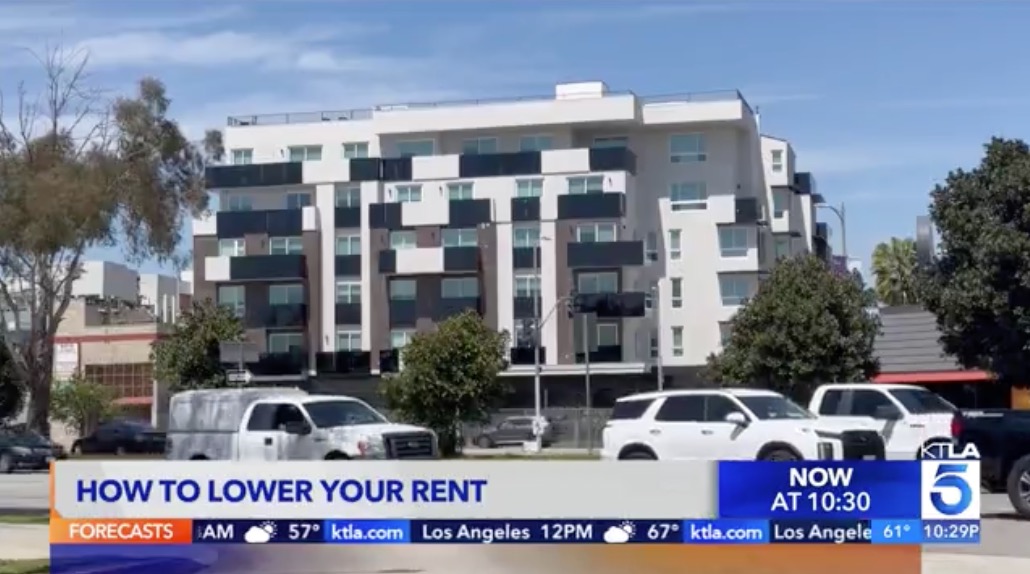Ever look for a new rental in the late spring or early fall and wonder why it’s so busy? Ever wonder whether you should be looking for a place at another time of the year? Is there a best time of the year to plan your move?
Even though you may dread the idea of moving in the snow, it may be the smartest financial decision you can make! There is a best time of the year, and it’s the winter – December, January and February.
Winter? Why plan your move in the winter?
To save money, that’s why. One of the biggest secrets of the apartment rental industry is that rent levels are seasonal. And it’s not just a little seasonal – in many markets, a $1,000 apartment in August might be a $900 apartment in January or February – a 10% difference!
We can imagine that you’re probably sitting there, saying: “wait a minute, the rent always seems to go up! How can what they’re saying be true?” And you’d be right – except in unique times of trouble (like with the Coronavirus) – year over year rent does generally go up.
Not month to month rent. Every year is a little different, but the following chart illustrates how rent levels typically change over the course of a year for an apartment that is notionally getting more expensive at 3% per year. This is why it’s worth planning your move in January, or February.
In this case you can see that the rent peaks in the late summer and early fall, then drops before climbing again each year.
Saving $100 per month for the next year – that sounds great!
That’s just the beginning – it’s actually even better than that! Imagine you’re the super-smart person who planned your move and started your lease in January. Typically, you sign a 12-month lease. So, when your lease comes up and you need to sign a new lease or move, you are again renting in January – again saving money – potentially 10% again. You are effectively lowering the big expense of rent for the long term if you can stick to the pattern of winter leases.
My lease is up in June – how can I get on a January schedule?
Two ways – first, ask your landlord to extend your current lease until the end of January. Some will and some won’t, but you won’t know if they will until you ask. Second, you can ask your landlord to end your lease early – at the end of December or January. If they know their stuff, they’ll try to avoid that – and then you can negotiate from there without having to plan a move.
Once you have your lease ending in the winter, then you can either move to those lower cost places then or negotiate with your landlord for a better rate on your existing place at a time when rents are lower and you have a better chance of getting that lower rate.
Is there a downside?
Well, yes – depending on where you live, you might have to move in the snow and there are always risks when breaking your lease early. And that sucks – no two ways about it. Also, the inventory of available rentals in the winter can be a little thinner, so not as many places available when you plan your move. Lastly, every time you move you do risk leaving some or all of your security deposit behind. At the same time, there are also fewer people looking to move, so things usually balance out. But, you’re searching on Dwellsy, so you always have the most available rentals to choose from!
There are also other benefits!
Just about everything else is also better when you plan your move off season. Movers are more available and less expensive, this can be especially helpful if you are moving cross-state. Landlords have more time to show you the unit and their maintenance teams have less on their plates, so they can often do a little more maintenance and repair work in the winter than they can at “peak leasing” season when they’re all super busy. And, you don’t have to fight the crowds or compete as much for popular properties.
As always, do well and do good and best of luck in your search.
Looking for more rental tips? Check these out.








